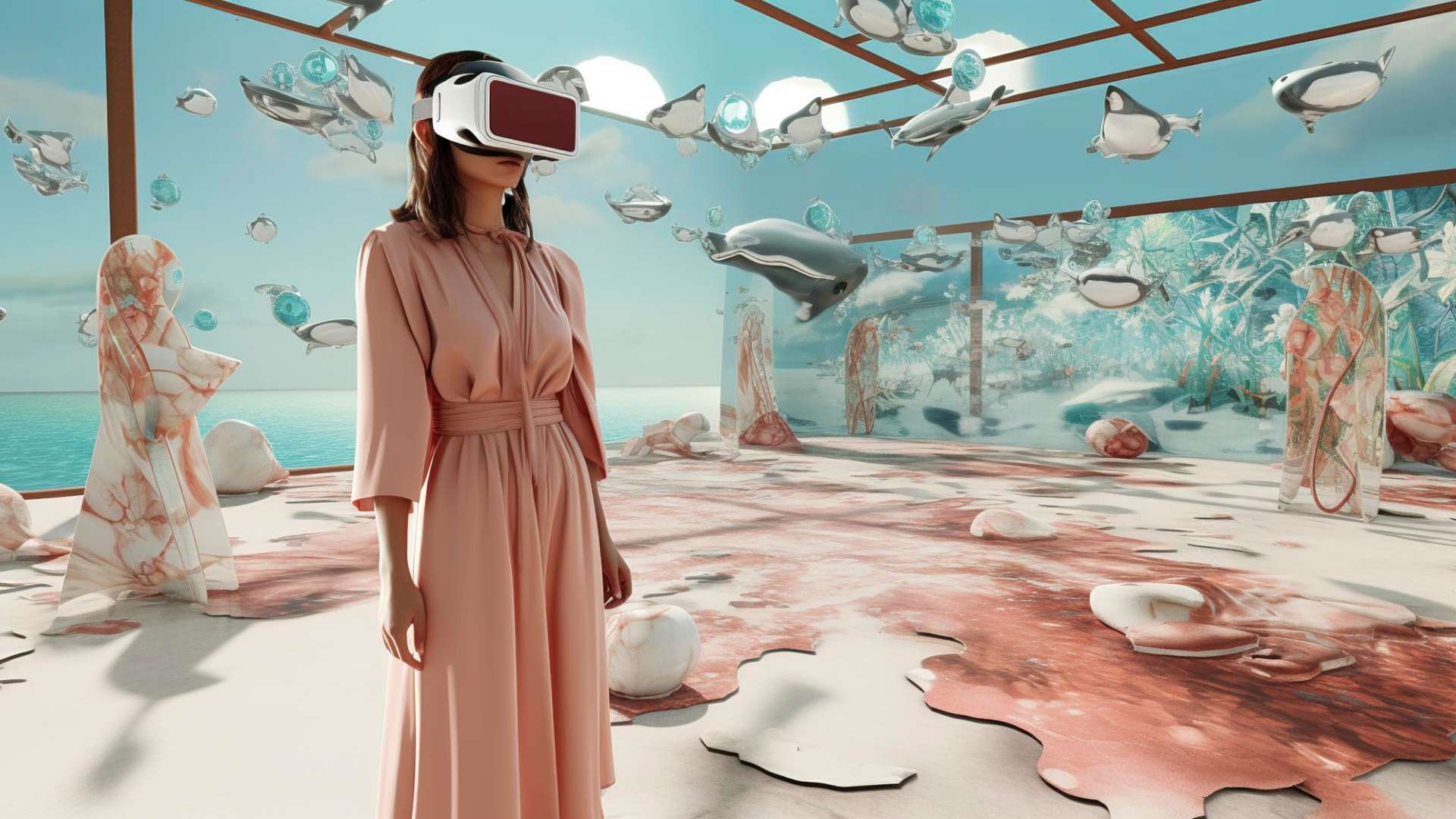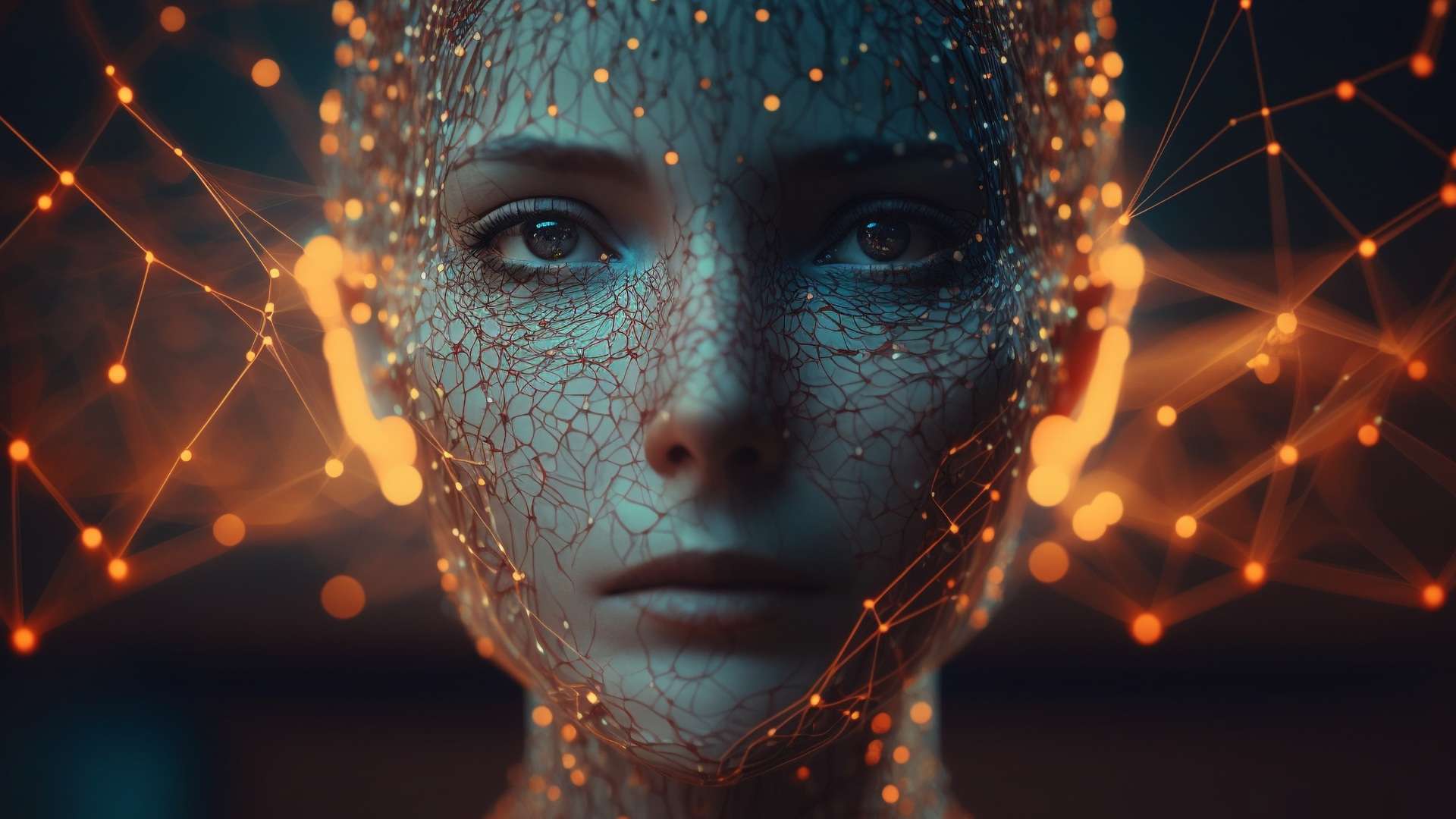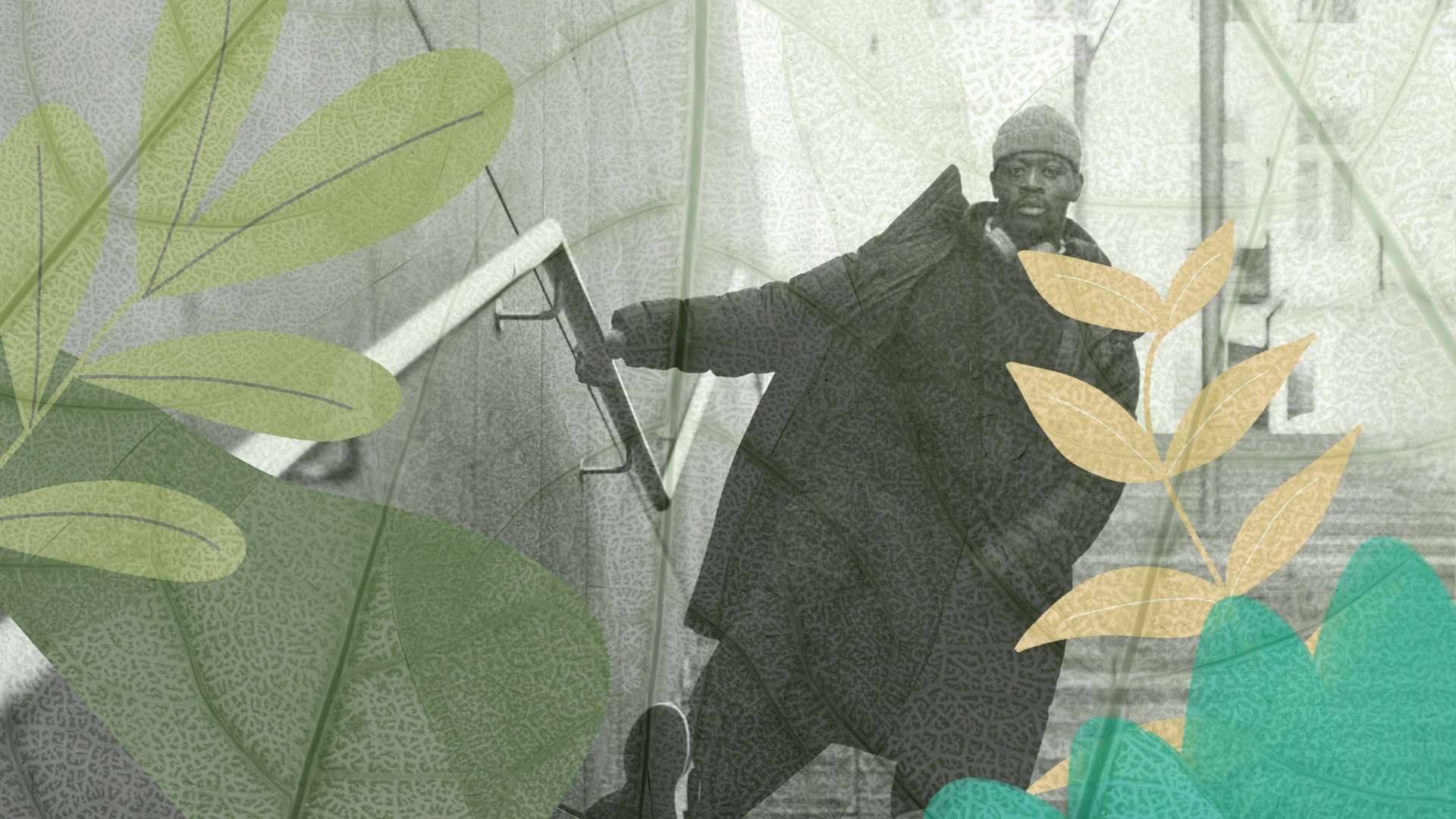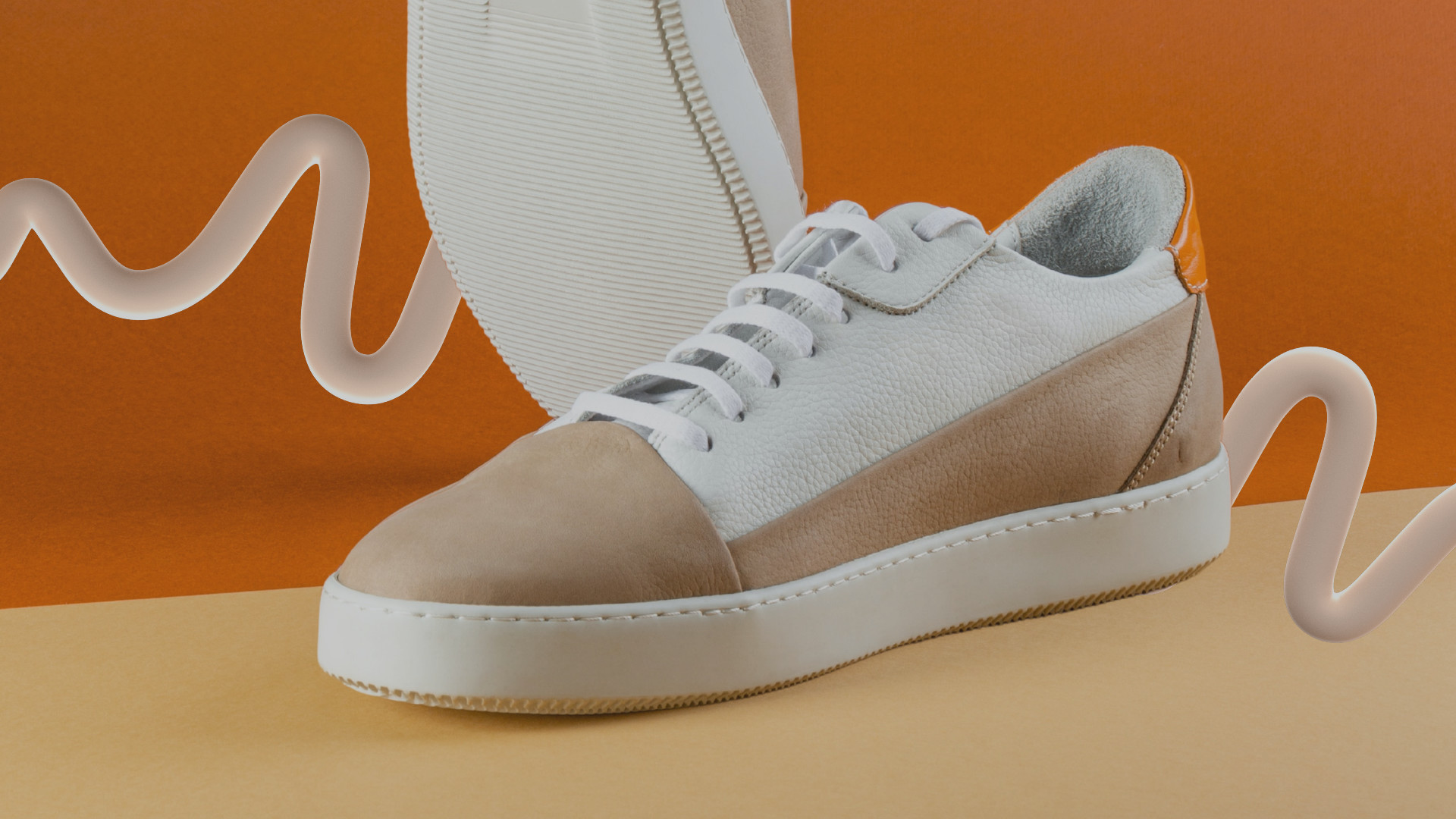Fashion is one of the world’s largest industries, with an estimated turnover of $3 trillion – of which the luxury sector contributes around $250 billion. But despite its size, fashion has traditionally lagged behind other industries when it comes to adopting technology.
That’s changed in the last ten years, and we have recorded a significant upward shift in the adoption of technologies like ERP, CAD, CAM, PDM, CRM, 3D, AI, blockchain, and more. This heightened level of tech adoption, though, hasn’t happened evenly. The bulk of the technology buying has been focused downstream – towards the consumer – and the luxury market, despite being a value contributor to the industry’s bottom line, is still playing catch-up to the leading fast fashion businesses.
So why the difference in adoption, and when is it likely to change so that luxury can look upstream with the help of technology? To look forward we need to start by looking back.
I was present for what you might call the first wave of digital transformation in fashion. Starting from the mid-1980s, I would travel the luxury capitals of the world, relentlessly trying to educate the sector on the value of digital technologies… with limited success. I knew I had the right message, but the market just wasn’t ready for the kind of rapid evolution it needed, and I found myself banging my head against a brick wall. But it wasn’t all bad news: some companies did look further forward than the next season, and they began to buy into some of the early digital solutions, becoming luxury’s early adopters of technology.
The solutions they bought into included:
- CAD (Computer Aided Design)
- CAM (Pattern Engineering and Marker Making)
- NCC (Numerically Controlled Cutting)
- PDM (Product Data Management)
- MRP (Materials Resource Planning), later renamed to ERP (Enterprise Resource Planning)
- CRM (Customer Relationship Management)
- MP (Merchandise Planning)
The second wave of digital transformation was more widespread. E-commerce platforms, PLM solutions, and other data-centric systems started to penetrate the sector in the early 2000s. Around the same time, fast fashion disrupted the market, and completely revolutionised customer buying habits.
A lot of brick-and-mortar businesses failed to see this coming, and the combination of fast fashion and online shopping made their demise inevitable.
The good news is that, for the most part, the luxury sector has continued to adopt new technology at a good pace – growing from early adopters to become some of the most high-profile digital success stories in our industry.

As a result of that constant investment, the luxury sector is now one of only a few segments of the fashion business that is prepared to make the transition from focusing its technology efforts downstream – towards the consumer – to looking to revolutionise the way it thinks about product development, sourcing, manufacturing, and the other processes that reside upstream.
Although the current health crisis clearly throws some of this into question in the immediate term, the luxury sector has made big strides in taking its technology efforts upstream:
- PLM (Product Lifecycle Management)
- Material platforms
- Digital printing
- Digital dyeing
- Digital colour management
- Internet of Things connectivity
- Industry 4.0 / Smart Manufacturing hardware and systems.
Unlike the previous waves of digital transformation, which were largely independent on one another, each of these technologies is designed to be a part of a complete, end-to-end digital workflow. By becoming early adopters (again) of upstream technologies, luxury businesses are laying the foundations for being able to build – sooner rather than later – entirely new business models and channels to market.
Chief amongst these is the trend for long-established brands now wanting to create and control their own direct-to-consumer channels. This will open the door to personalisation, at the same time as delivering a level of responsiveness and a standard of brand-to-consumer relationship that the new generation of tech-savvy luxury customers will expect. And as a consequence of heightened connectivity between design and manufacturing, luxury brands also have the chance to create more reliable, sustainable, and accountable supply chain practices.
But beyond these general trends, I also see a group of other technology opportunities that the luxury industry would be well-advised to consider as part of their third wave of digital transformation, if they haven’t done so already.
Using Artificial Intelligence to predict macro and micro-trends
Today we can use a multitude of services providers and platforms, along with business intelligence tools, to help analyse our customer bases. And with the help of machine learning models, a huge volume of different demographic variables can be factored into analysis and prediction models, including: location, gender, age, income, education and household size, purchase frequency, value and volume. Taking a blended, cross-channel perspective, we can also extend this to include a visitor’s likes, dislikes, sizing & shape details, method used to access the internet and platforms (smart phone, iPad, Desktop, other) and much more.
Each of these datapoints can be used to slice and dice the deluge of data that a modern, multi-channel business collects simply by operating, and together they can help a business to adapt to even the smallest market changes, and to prepare for a flexible future.
Crucially, this trend data can be shared both downstream, with marketing and sales teams, and upstream with design and development teams. And like with any application of data-driven insight and machine learning, luxury companies are constantly coming up with new strategies that use these data-driven customer insights to better respond to customer needs.

Digital Product Creation
3D virtual design and development continues to move at rapid pace. It’s now estimated that there are over 1200+ implementations of 3D in the fashion sector supporting the design and development of garments, footwear, bags, watches and accessories- to name just a few of the many product types that 3D is used for. On the whole, 3D is not a new thing – 3D design and development solutions have been used in footwear since the mid 1980s, and in garments since the late 1990s. Today, though, the accuracy and fidelity of 3D simulation has reached a stage of maturity where it is trusted by the world’s leading brands and retailers as an essential tool for both downstream communication and upstream design and development collaboration.
Blockchain
Another technology with great potential both up and downstream, blockchain holds serious promise – especially for luxury businesses. From proof of ownership and authenticity – which could both open new markets and transform the resale market by eliminating counterfeiting – to ongoing consumer engagement, blockchain technologies could unify digital and physical assets through a single, unbreakable thread of data.
Further upstream, blockchain could make it possible to track and trace materials, components, and finished products in real-time, or, through smart contracts, automate supplier relationships and improve mutual trust without the added cost and delay associated with traditional auditor and agents.
Concrete applications of blockchain are already being demonstrated in fashion, and The Interline will soon be able to share previously-unseen case studies.
Sustainability
Although fast fashion earns most of the headlines when it comes to sustainability, this is not a problem exclusive to disposable brands. Luxury is also being called to account, and we have seen brands take positive steps to improve the sustainability of the materials they use, and the processes they take to bring products to market.
The most obvious result has been the shift away from the use of natural leathers and fur, with brands instead opting for eco-friendly materials like cork or ocean plastic, and man-made leather alternatives made from jute, hemp, or bamboo. And beyond materials, there is also a great deal of developments happening in buttons & trims, using natural tree bark that, when treated, creates a hard material, like resin that can be made into buttons. I’ve also recently been introduced to paper-based buttons that. like the tree bark. can be shaped, cut, drilled and laser-engraved with a brand’s design.
This is all a positive start, but in reality sustainability in fashion is still in its infancy when we consider the changes that really need to be made.
Digital Materials, Digital Printing, and Digital Dyeing
Developments in digitalising the actual manufacture of products have broken new ground in the last few years. Digital material scanners can now provide fantastic realism and efficiency in digital material capture, and accuracy of digital colour. These scanners allow designers to build accurate repeats, add digital treatments, support height & depth and all methods of lighting conditions – all of which can be used by mills to share with designers via digital material platforms.
The same ultra-high-resolution digital twins (materials) can be used not only as material and trim libraries, but also to support 3D virtual design, marketing & development for a broad range of products including: garments, footwear, textiles, watches, jewellery, bags, luggage, eyewear etc.
At the same time, digital ink-jet printing has taken huge strides recently, using a dry printing process in a single-pass, direct-to-fabric. These new printers come in many different configurations including DTG (Direct-to-Garment) and DTR (Direct-to-Roll), each saving on energy, water and chemicals – with waste water being greatly reduced and purified, helping the environment. Today we can see digital printing appearing in fast fashion samples rooms, supporting small runs, personalised products and even bulk production.
And digital knitting of a whole garments is yet another technology advancement that continues to progress offering a new paradigm in small runs, sampling and personalisation.
Last on my list is a revolutionary thread digital-dyeing solution that offers clean, in-house, on-demand production dyeing of threads. Typically the manual process of dyeing threads from order can take around two weeks on average to supply DTM (dyed-to-matched) threads and obviously there a minimum quantity to consider. Today, we can use a spectrophotometer or smart phone app to measure the colour of the material and then sharing the results (in RGB format) along with colour recipe with the digital dyeing machine, resulting in another sustainable eco-friendly technology that avoids waste water.
Across the board, the smartest brands – in luxury and in the mass market – have not been satisfied with resting on their laurels after tackling their downstream challenges with digital technology. Instead, they are investing elsewhere, and realising just how much more digitalisation there is to do when we look upstream.




